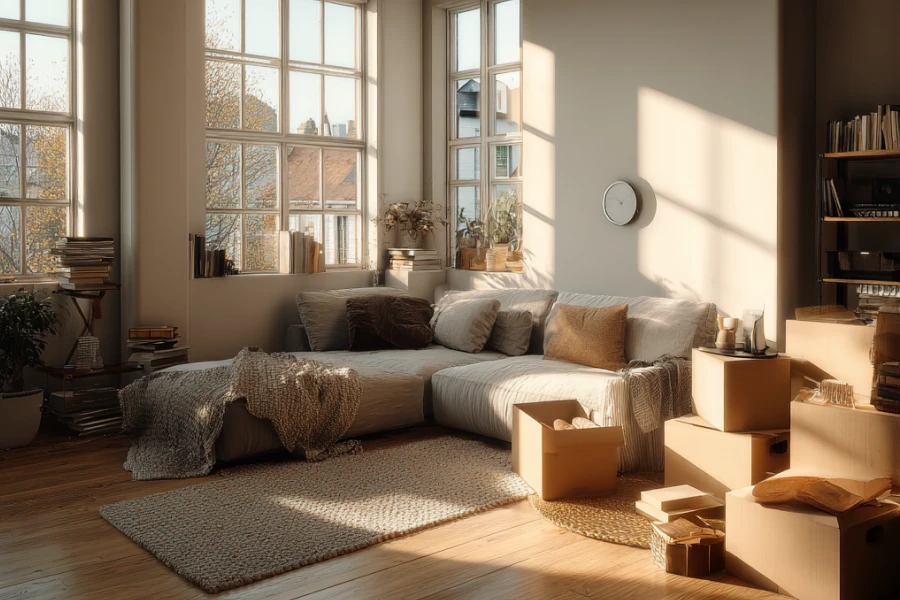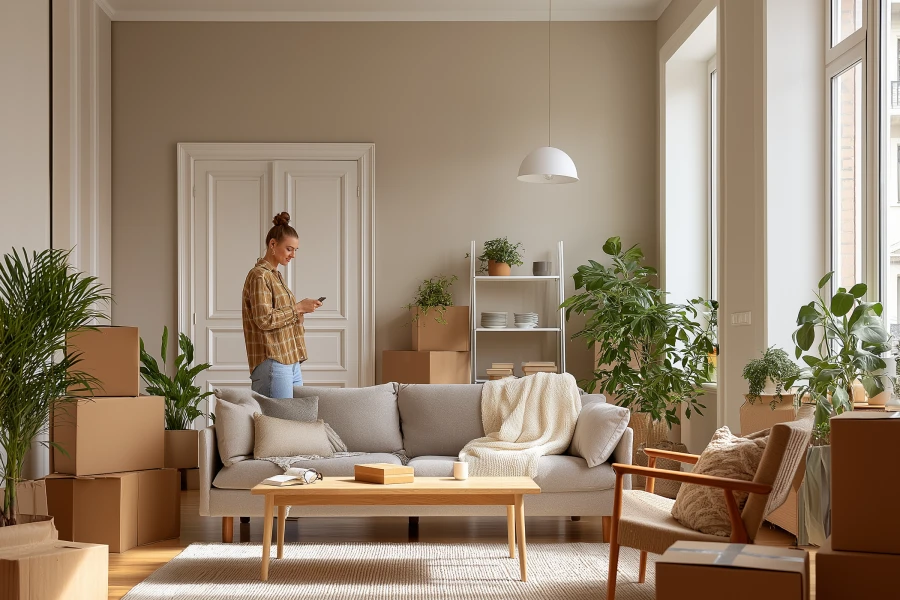
Moving into your first apartment feels exciting, liberating, and—let’s be real—expensive. Between rent, deposits, furniture, and daily living costs, many first-time renters underestimate how much they’ll actually spend. That’s where a New Apartment Budget Guide becomes essential. With the right approach, you’ll avoid debt traps, keep your finances healthy, and actually enjoy the milestone of getting your own place.
One practical resource to help with this is the Keys to Your Future: The Ultimate Guide to Saving for Your First Apartment + Budget Planner Digital Download. This comprehensive planner combines step-by-step budgeting strategies with clear savings methods to help you move confidently into your first space.

Jumping into a lease without a plan is like driving at night without headlights. You might get there, but the risks are huge. Rent is just the beginning—you also face upfront deposits, moving expenses, utility setup fees, and basic household purchases.
A structured New Apartment Budget Guide provides:
Without such guidance, it’s too easy to overspend or start life in your new home already strapped for cash.
When people think about moving, they often focus only on monthly rent. The hidden costs are what usually cause stress. That’s why creating a First Apartment Savings Plan should be your very first step.
This plan should include:
A planner like the Keys to Your Future helps you outline each of these categories so nothing slips through the cracks. Instead of guessing, you’ll see exactly what to save—and how long it will take.
The general rule is to keep rent at or below 30% of your monthly income. But that rule doesn’t work for everyone. A New Apartment Budget Guide goes deeper, showing you how to balance rent with all your other expenses:
By considering the full financial picture, you avoid the trap of finding an amazing apartment you can’t actually afford to keep.
Even with careful planning, moving can feel overwhelming. That’s why Saving Tips for Apartment Move strategies can make a huge difference:
These little adjustments can easily shave hundreds off your moving budget. The planner provides additional clever tips like these, helping you cut costs without cutting comfort.

The best part about using a structured New Apartment Budget Guide isn’t just the move—it’s the long-term habits you build. Instead of living paycheck to paycheck, you’ll start tracking spending, building an emergency fund, and setting aside money for future goals.
This means you won’t just survive your first apartment—you’ll thrive in it. You’ll feel in control, confident, and ready to handle unexpected costs with ease.
If you’re wondering how to save for your first apartment, the process is straightforward when broken into steps:
The Keys to Your Future digital guide and planner walks you through this exact system with worksheets and templates so you don’t have to figure it all out on your own.
Once you’ve moved, the work isn’t over. First Apartment Budgeting ensures you don’t fall behind on bills or start racking up credit card debt. This means sticking to a monthly plan where your spending aligns with your income.
Budgeting helps you:
Without a budget, it’s easy to underestimate daily costs. With a budget, you gain peace of mind.
Preparation equals confidence. Saving for your first apartment is about more than having cash in the bank—it’s about reducing stress and enjoying the process. Imagine walking into your new place knowing every detail is covered, from your first utility bill to your first grocery run.
The product Keys to Your Future: The Ultimate Guide to Saving for Your First Apartment + Budget Planner Digital Download was designed with exactly this scenario in mind. It gives you structured steps, practical saving methods, and budgeting tools you can use immediately.

Moving out for the first time is more than just a financial decision—it’s a lifestyle shift. A New Apartment Budget Guide provides the roadmap you need to make that shift with confidence. It equips you with strategies to save, budget, and manage your money in ways that make independence sustainable—not stressful.
By combining planning tools with smart saving strategies, you transform what could be a financial burden into an empowering milestone. Instead of worrying about bills, you’ll focus on making your new space feel like home.
Leave a comment